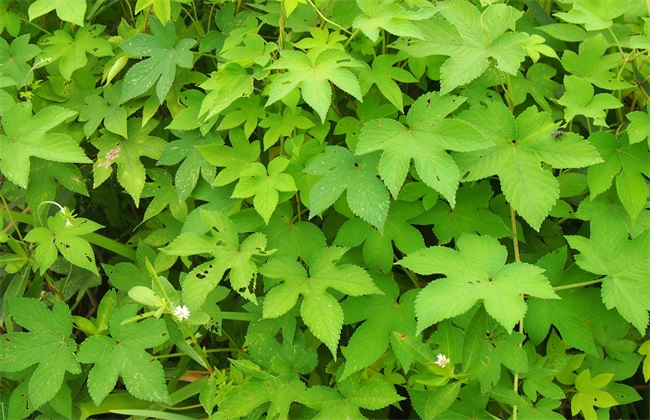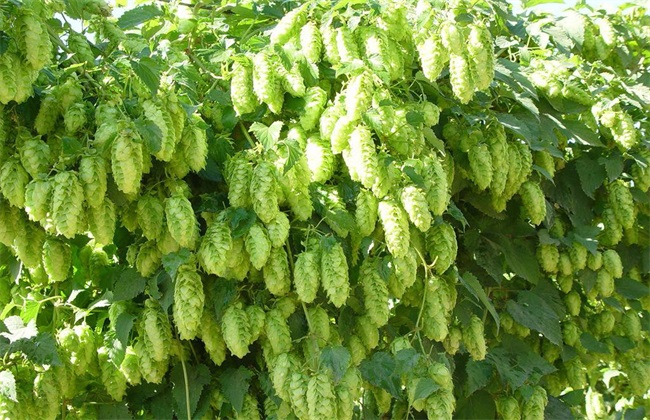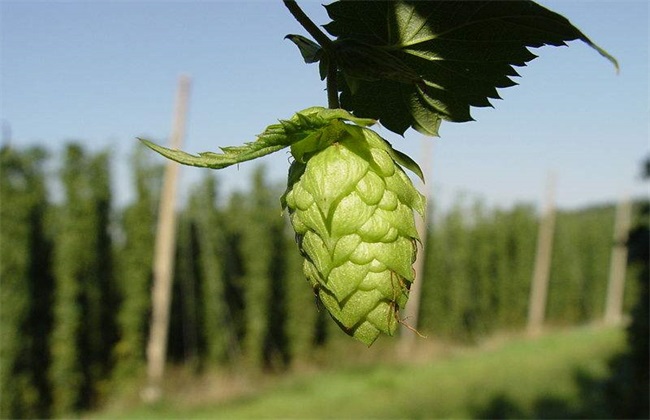Planting techniques of Rabdosia humilis
Ampelopsis grossedentata is a climbing herb of Moraceae, also known as "cutting vine", because the whole grass has barbed thorns, it will be cut by it if you are not careful. The prairie is originally a kind of weed that people hate, but in fact, it can be used as a forage grass for livestock to eat. And seeds can also be used in medicine, with heat-clearing and detoxification, diuresis and other effects. So how do you plant jasmine? The following editor will introduce to you, let's have a look!

1. Life habits
The growth adaptability of oriental grass is very strong, and it can survive all over the country. Annual average temperature 6-21 degrees, precipitation 400-1350mm and soil PH value 4.2-8.3 can grow and reproduce. However, grass generally prefers to grow on fertile soil, which grows more vigorously on fertile soil than on poor soil. The flowering time of male and female flowers of Primrose is different, the flowering time of male plants is usually about July every year, while that of female flowers is delayed by a month, and the seeds mature gradually after September.
2. Methods of reproduction
Seed propagation is the main method of propagation of Rabdosia humilis. The seed yield of Ampelopsis grossedentata is very high. Under normal circumstances, the seed yield of one plant can reach tens of thousands. Wild plants mainly spread seeds through wind and insects, and seeds generally germinate in the second year after entering the soil. As a result, many places have been harmed by weeds. If it is artificial seeds, then we should collect mature seeds in September and then sow them by burrowing in April of the following year. Control the row spacing and dig the sowing hole, mix the seeds and plant ash evenly, then sow, cover the soil and water after sowing.
3. Cultivation techniques.
When the seedlings of Ampelopsis grossedentata grow to about 11 cm high, it is necessary to wait for time to grow seedlings. If the phenomenon of lack of holes is found, then it is necessary to do a good job of replenishing seedlings. Under normal circumstances, about 3 seedlings are retained in each hole. When the stem vine grows to about 1 meter, it is necessary to set up a frame in the field to meet the trailing nature of the grass and promote the twining growth of the branches and vines. During the growth period, the grass should be ploughed at least three times. In spring and summer every year, it is necessary to apply fertilizer properly to improve soil fertility and meet the nutritional needs of the growth of Humulus. Then an appropriate amount of farm manure should be applied in winter to help survive the winter.
4. Pest control
Although the growth ability of Humulus is strong, it is often threatened by diseases and insect pests, such as rust, powdery mildew, aphids and so on. Therefore, when we plant, we must do a good job in the prevention and control of diseases and insect pests. Strengthen management, prune properly, control the types of fertilizers during fertilization, reduce the application of nitrogen fertilizer, increase the proportion of phosphorus and potassium fertilizer, and improve the disease resistance of Humulus. After diseased leaves are found, they should be cut off in time, and then the diseased bodies and weeds in the field should be taken out of the field for burning treatment.
The above is a brief introduction to the planting technology of primrose. It is actually very simple to grow grass, but you should be careful not to affect the crops, so the planting land should be far away from the crop planting area. That's all for today's introduction. This article is for reference only. I hope it can help you all.
Related
- Fuxing push coffee new agricultural production and marketing class: lack of small-scale processing plants
- Jujube rice field leisure farm deep ploughing Yilan for five years to create a space for organic food and play
- Nongyu Farm-A trial of organic papaya for brave women with advanced technology
- Four points for attention in the prevention and control of diseases and insect pests of edible fungi
- How to add nutrient solution to Edible Fungi
- Is there any good way to control edible fungus mites?
- Open Inoculation Technology of Edible Fungi
- Is there any clever way to use fertilizer for edible fungus in winter?
- What agents are used to kill the pathogens of edible fungi in the mushroom shed?
- Rapid drying of Edible Fungi



